Pricing and specifications have been revealed for the new Renault Scenic E-Tech Electric – a “new form of family vehicle” that mixes SUV design elements with interior roominess comparable with that of its MPV predecessor.
With order books open from today and customer deliveries starting from May 2024, the new Scenic will sit above the Mégane in Renault’s line-up of bespoke electric cars.
Three specifications are available: Techno, Esprit Alpine, and Iconic. Entry-level Techno cars start from £40,995, thus undercutting the £44,990 Tesla Model Y.
Techno trim comes with 19in alloy wheels, a 12.3in infotainment display with over-the-air updates, and heating for the steering wheel and front seats.
Esprit Alpine cars starts from £42,740 and get sports seats and blue stitching on the seats, in the door cards and in storage compartments.
Range-topping Iconic cars command a £2000 premium and bring massage seats made from sustainable fabric, an upgraded stereo and the brand's Solarbay panoramic sunroof. Both Esprit Alpine and Iconic trims come with 20in alloys as standard.

Its interior does not use any leather, with Renault having committed to phasing out its use entirely by 2025.
Although the new Scenic is technically unrelated to the series of MPVs that carried the nameplate from 1996 until 2022, Renault insists that the family-centric values of that vehicle – with particular focus on maximising interior space and safety – have been carried over.
Built on the CMF-EV platform also used by the Mégane and the Nissan Ariya, the new SUV was designed around two fixed points: a wheelbase of 2780mm, intended to put it squarely in the middle of the C-segment vehicle market, and a height of 1571mm, to allow it to offer similar head room to previous versions.

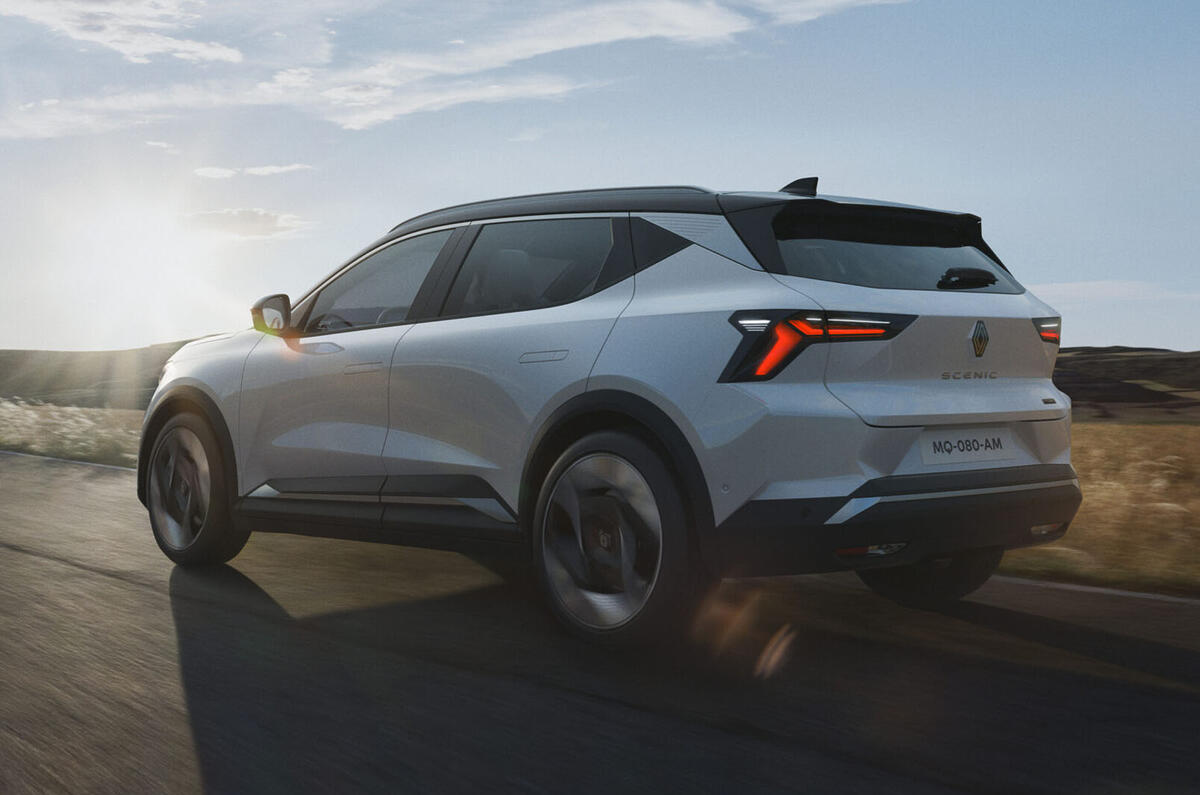










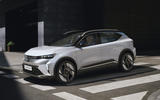

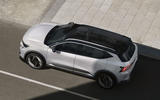




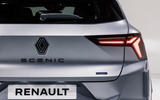
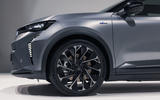











Join the debate
Add your comment
Certainly playing it safe, forgettable like so many Renaults.
Another Renault trying to look like a Peugeot!
The Rafale does looks like a better version of the Peugeot 4008 but this Scenic looks like it's own car.
Personally I wish Renault had retired the Scenic name and maybe used the Laguna name for this or some other name.
It seems well designed and developed do so hopefully it's a success.
It's a nice car, but seems expensive for a Renault. 5 years ago the average new car cost £27K it's now 70% higher at £39K. Largely driven by the cost of going electric. Volvo's electric XC40 is £35K. MG's electric 4 is £27K. Is this pricing going to fly at the volume levels needed by Renault?